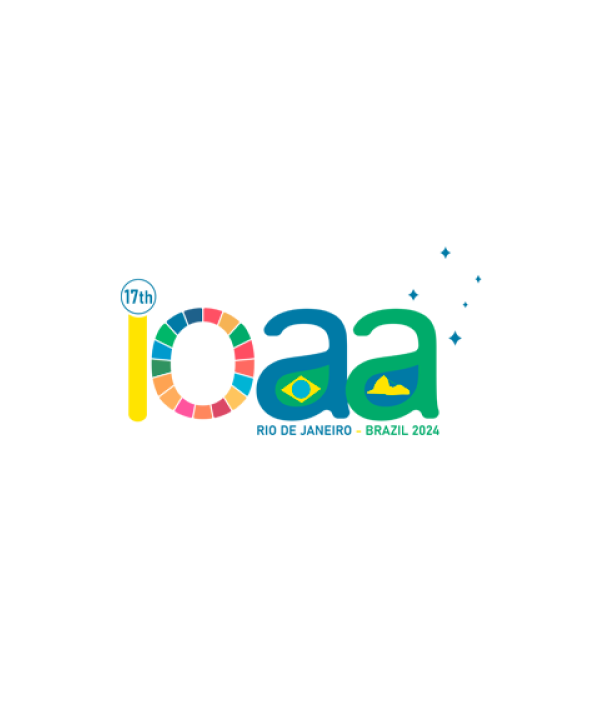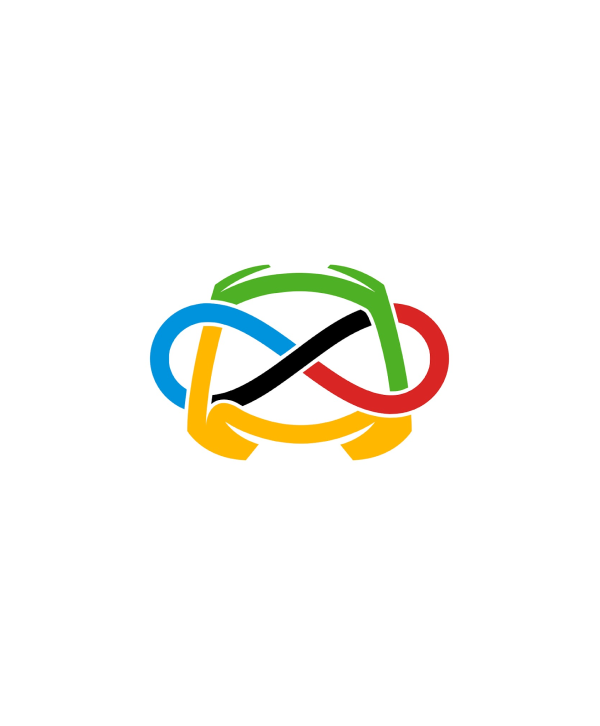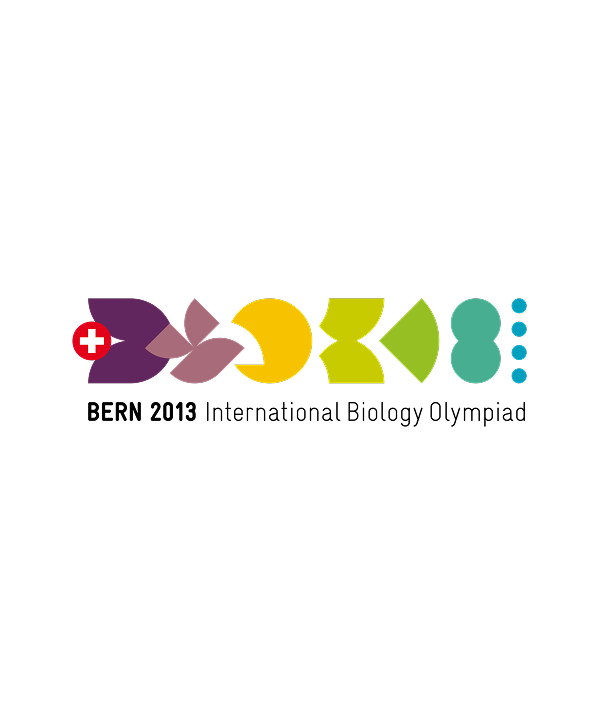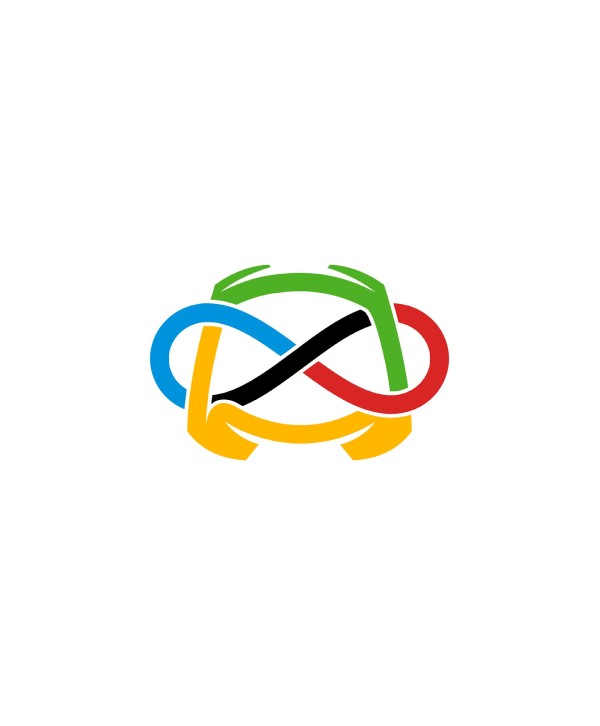If you’re new to the International Astronomy and Astrophysics Olympiad (IAAO) or any astronomy competition, your first step should be to review the syllabus carefully (IOAA Syllabus: https://www.ioaastrophysics.org/syllabus/). This will give you a clear idea of the range of topics covered, typically including observational astronomy, astrophysics, planetary science, cosmology, and celestial mechanics.
Once you're familiar with the syllabus, we strongly recommend practicing past exams to understand the question style and difficulty. Start with your national astronomy olympiad papers and move on to the International Olympiad on Astronomy and Astrophysics (IOAA) past exams.
Core Books to Build Your Foundation
- An Introduction to Modern Astrophysics – Bradley Carroll and Dale Ostlie
This is a comprehensive and detailed textbook that covers virtually every topic in modern astrophysics. It’s a bit dense but invaluable as a reference when you need in-depth explanations of topics ranging from stellar structure to galaxies and cosmology.
- Fundamental Astronomy – Karttunen et al.
This book offers a more balanced approach, blending theoretical foundations with practical applications. It covers topics like planetary systems, stars, galaxies, and cosmology, and is especially useful if you want clearer explanations and a slightly gentler introduction than Carroll & Ostlie.
- Schaum’s Outlines – Astronomy – Stacey Palen
Ideal for quick revision and practice, this book provides concise theory along with plenty of solved examples and practice problems. It’s highly recommended if you enjoy learning by doing problems rather than just reading theory.
- Foundations of Astrophysics – Barbara Ryden
Ryden’s book is known for its clear writing style and excellent diagrams. It covers key topics like gravity, optics, the solar system, stars, and galaxies—making it a perfect choice for high schoolers looking to solidify their understanding.
For Celestial Mechanics
- Orbital Mechanics (MIT 8.01 Celestial Mechanics Notes)
These free notes offer a clear introduction to orbital mechanics and are excellent for building intuition about how objects move in space.
- Chapter 8 of “Classical Dynamics of Particles and Systems” – Marion & Thornton
This chapter, paired with its problems, is excellent for learning about gravitational interactions and orbital dynamics.
- Chapter 7 of “Introduction to Classical Mechanics with Problems and Solutions” – D. Morin
Morin’s problems are well-known for their clarity and challenge, ideal for deepening your understanding of classical mechanics relevant to astronomy.
Exoplanets and Cosmology
- “Exoplanets” – Edited by Sarah Seager
This book explores the science and discovery of planets beyond our solar system, including the techniques used to detect them and the quest to find habitable worlds.
- “Introduction to Cosmology” – Barbara Ryden
A highly accessible introduction to the large-scale structure and evolution of the universe, covering topics like cosmic expansion, dark matter, and dark energy.
- “Cosmology and Astrophysics Through Problems” – Padmanabhan
This advanced book is perfect if you’ve mastered the Olympiad material and want to stretch your skills with challenging problems that explore the depths of astrophysics and cosmology.
Additional Downloadable Resources
Astronomy Textbooks
- "Fundamental Astronomy" by H. Karttunen, P. Kröger, H. Oja, M. Poutanen, Karl J. Donner
- "Astronomy: Principles and Practice" by A.E Roy and D. Clarke
- "Astronomy: Structure of the Universe" by A.E Roy and D. Clarke
- "The Physical Universe" by Frank Shu
- "An Introduction to Modern Astrophysics" by Bradley W. Carrol and Dale A. Ostile
- "Astronomy: A Physical Perspective" by Marc L. Kutner
- "Schaum’s Outline of Astronomy" by Stacey Palen
- "Universe" by Roger A. Freedman and William J. Kaufmann III
Physics Textbooks
- "Fundamentals of Physics” by Robert Resnick, Jearl Walker, David Halliday
- "An Introduction to Mechanics" by Kleppner and Kolenkow
- "Physics” by John D. Cutnell, Kenneth W. Johnson
Some Past Papers
- International Astronomy Olympiad Problems with Solutions (2011-2014)
- Russian Open School Astronomical Olympiad by Correspondence Problems with Solutions (2005-2008)
- Indian National Astronomy Olympiad Problems with Solutions (2008-2014)
- Srilankan Astronomy and Astrophysics Olympiad Problems with Solutions (2007-2011)
- Romanian Olympiad on Astronomy and Astrophysics Problems (2014)
- United States Astronomy and Astrophysics Olympiad Problems (2014)
- Bangladesh Astronomy Olympiad Problems
- "Astronomical Olympiad Problems" by V.G Surdin
- Proceedings of 3rd International Olympiad on Astronomy and Astrophysics
- Proceedings of 4th International Olympiad on Astronomy and Astrophysics
Useful Formula Compilations
- Useful Formulas for Astronomy and Astrophysics Olympiad
- Useful Formulas for "Spherical Astronomy" for Astronomy and Astrophysics Olympiad [Short Note II]
Observational Textbooks and Software
- Stellarium
- Useful Practical & Observational Skills for Astronomy and Astrophysics Olympiad [Short Note III]
- Sky and Telescope's Pocket Sky Atlas
Skills needed for the Observational and Data Analysis Test
- How to search planets around
- About 40-50 constellations
- About 100-150 bright stars and their Bayer designation
- Positions of 40 easier "M" objects
- How to Measure Angle in the Sky
- How to Estimate Magnitude
- Exact Path of Ecliptic
- Errors and their Estimation
- Graph Plotting Techniques
Courtesy: USAAAO and Science Olympiad Blog.
